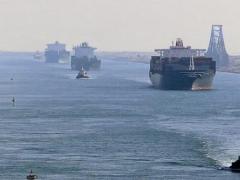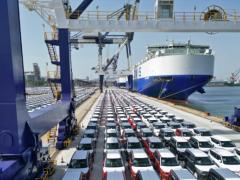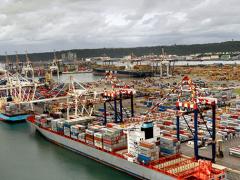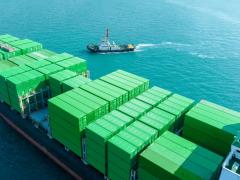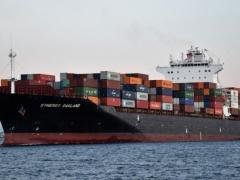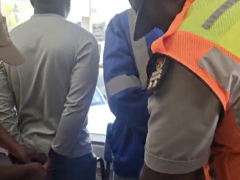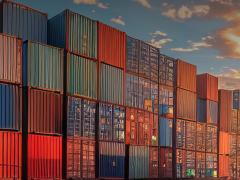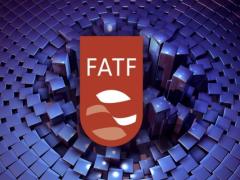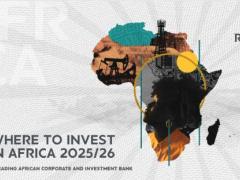Faster at a production stage, but no faster through customs border posts. That summarises the results of an FTW survey of the effects of the demise of the F178 foreign exchange control form on January 3, and the introduction of an electronic monitoring system for producing customs documentation for cross-border export cargoes. It has vastly speeded up the documentary production process, FTW was told. For example, Simon Busang. African business development manager of Afrilog Groupage Services, said: “An absolutely excellent move from physical documentation to electronic data interchange (EDI). “It cuts the time we previously spent on producing the forms or receiving documentation from clients. It also helps us ensure the accuracy of the documentary input.” This documentary speedup had already met with approval from Johan Eloff, business development manager of the Botswanabased Transport Holdings Limited (THL). He had described to FTW the introduction of EDI between shippers, transporters and customs – and the end of the need to complete the manual F178 form – as a promising event in cross-border transport. “This has improved things a great deal and makes life with customs much easier,” he said. “It makes things so simple that it’s only a pleasure getting cargo cross-border now.” But, although Alwyn Nel, MD of Kingfisher Freight, told FTW that he acknowledged the faster preparation of documentation, he described the overall benefit as “debatable”. “It means you don’t have to wait for the F178 from clients, and you don’t need to submit it to customs any more – so it’s quicker in that respect. From a customs EDI and SA Reserve Bank perspective it’s great.” But, he added, it has done little or nothing to speed up border post processing of vehicle clearances. “It doesn’t make it faster at the border, because there’s the manual intervention there. So the process at the posts is still time-consuming.”

